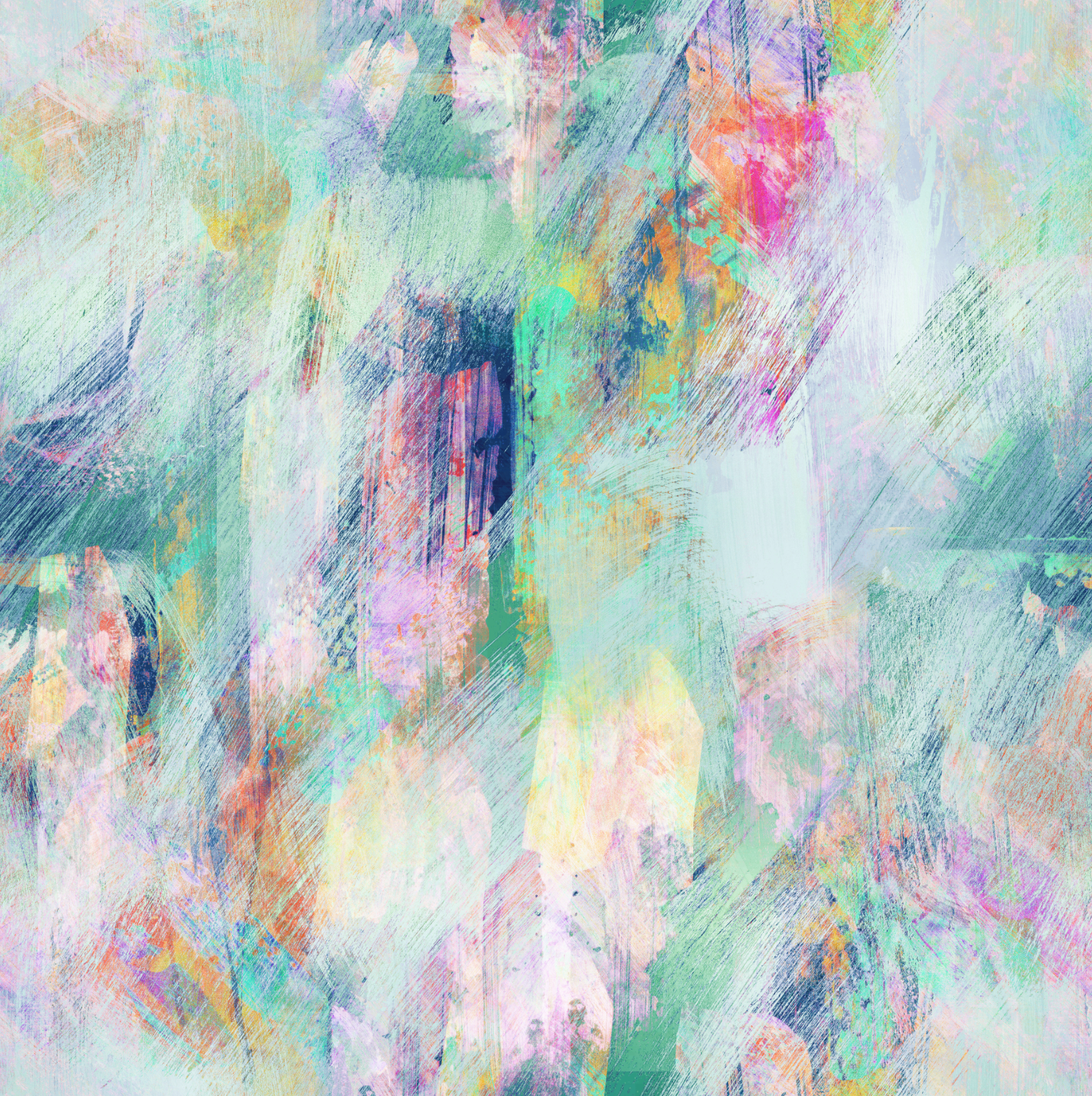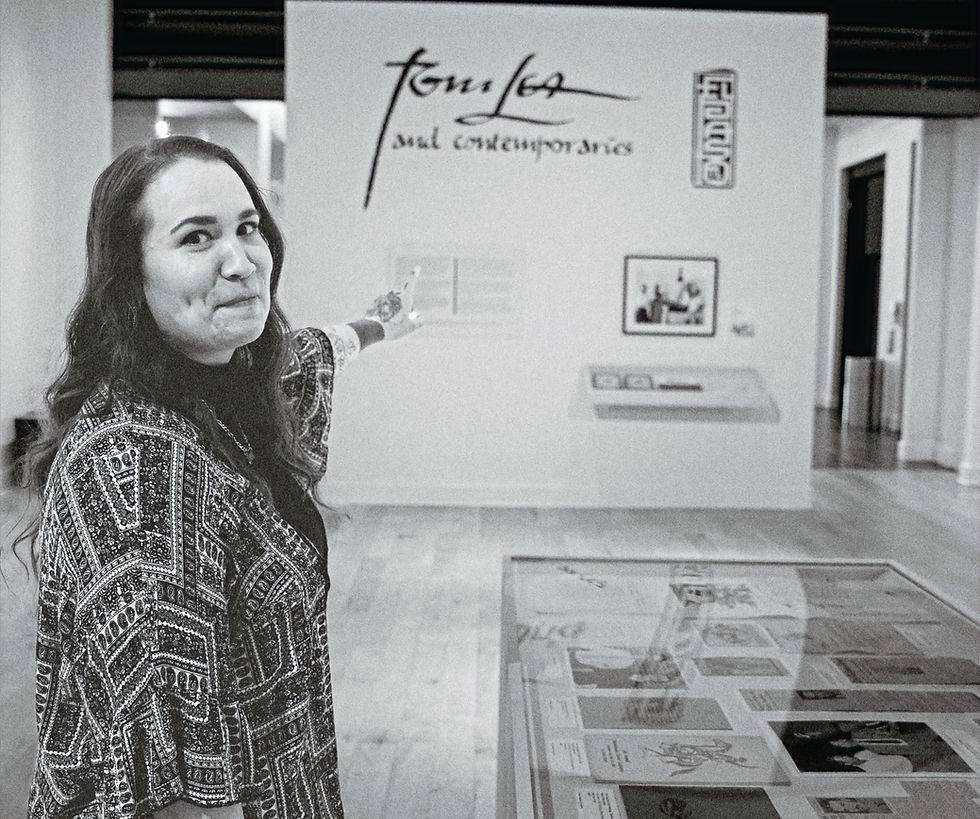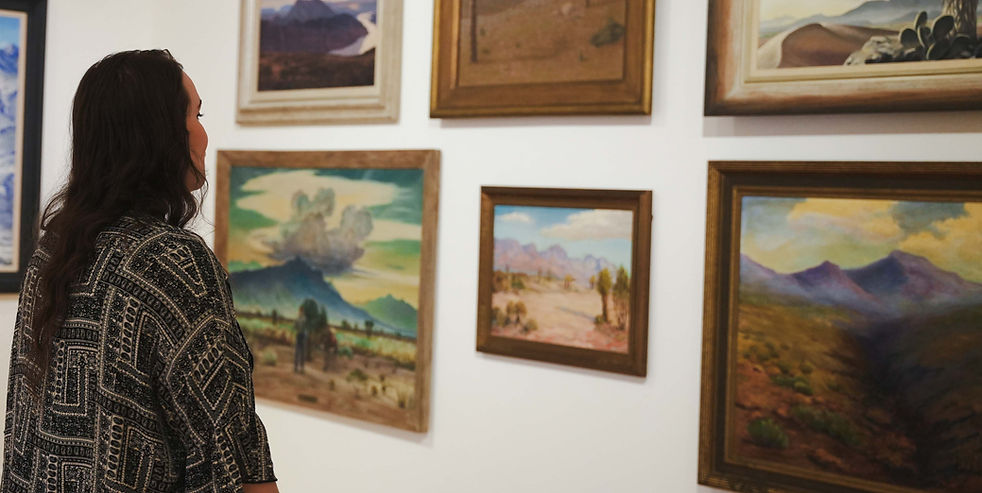
Curating Culture & Preserving Legacy

In the quiet corridors and storage rooms of the El Paso Museum of Art, Bear moves through her day with purpose. As a registrar, she’s entrusted with the care of artworks that span generations and cultures. But for Bear, the role is more than paperwork and policies. It’s a form of storytelling. Every label, every exhibit, every decision she makes is about weaving a deeper narrative one that connects artists, communities, and history.
To her, curating feels a lot like making art. It begins with an idea, a spark. From there, it grows through research, writing, and an intuitive sense of how pieces can speak to each other and to the audience. When curating, she looks for more than aesthetics. She searches for connection between the work, the artist, and the story the museum wants to share.
Working with contemporary artists is one of the most fulfilling parts of her role. She finds joy in watching artists engage with the museum’s collection, blending old techniques with their own cultural identities. Before any collaboration takes shape, Bear takes time to understand the artist behind the work. That connection is essential. In her view, curating someone's work without knowing their voice would be like writing someone else's story without listening to them speak.
Still, the job comes with its challenges. As a registrar, she is sometimes the one who has to say no, enforcing policies that protect the integrity of the collection. On the curatorial side, she often grapples with the reality that not every talented artist in El Paso can be featured. There is an overwhelming amount of creativity in her city, but never quite enough space or time to showcase it all.
Museums, in Bear’s eyes, are more than just homes for art. They are living classrooms and cultural sanctuaries. EPMA, located in a low-income neighborhood and free to the public, offers something rare accessibility. For many, especially in underserved communities, museums and libraries fill gaps left by underfunded schools. They offer a chance to learn, to imagine, and to feel seen.
Bear hopes her work leaves something lasting. She wants to show that artists don’t have to exist only in studios. They belong in museums too. She aims to lift others up, especially women artists and creatives from her community, and help carve out space for their stories to be heard.
Looking ahead, Bear sees herself continuing to build a body of print-based work, possibly preparing for a solo exhibition. More importantly, she wants to grow alongside the artists who inspire her, especially the women who continue to shape her perspective and process.
To artists just beginning their journey, her advice is simple: Be yourself. Make work that resonates with your spirit. Stay grounded. Build community. Because in the end, artists thrive together.
When asked how others can support local art, Bear keeps it real. Show up. Go to exhibitions. Buy local. That’s how artists are sustained.Success, for her, isn’t about recognition or money. It’s about freedom. The freedom to create without compromise. The freedom to collaborate in meaningful, community-rooted ways.
If she could build a dream team of collaborators, Bear already knows who she’d call. Judithe Hernandez, whose work and voice helped shape her own. Mago Gandara, whose love and energy were visible in every piece she touched. Celia Alvarez Muñoz, a pioneer in mixed media storytelling. And Mariana Yampolsky, the first female member of the Taller de Grafica Popular. Bear dreams of sitting with her, just to talk, just to listen.
In Bear’s world, art is both sanctuary and call to action. Curating, like creating, is her way of making sure the stories that matter don’t get lost.

